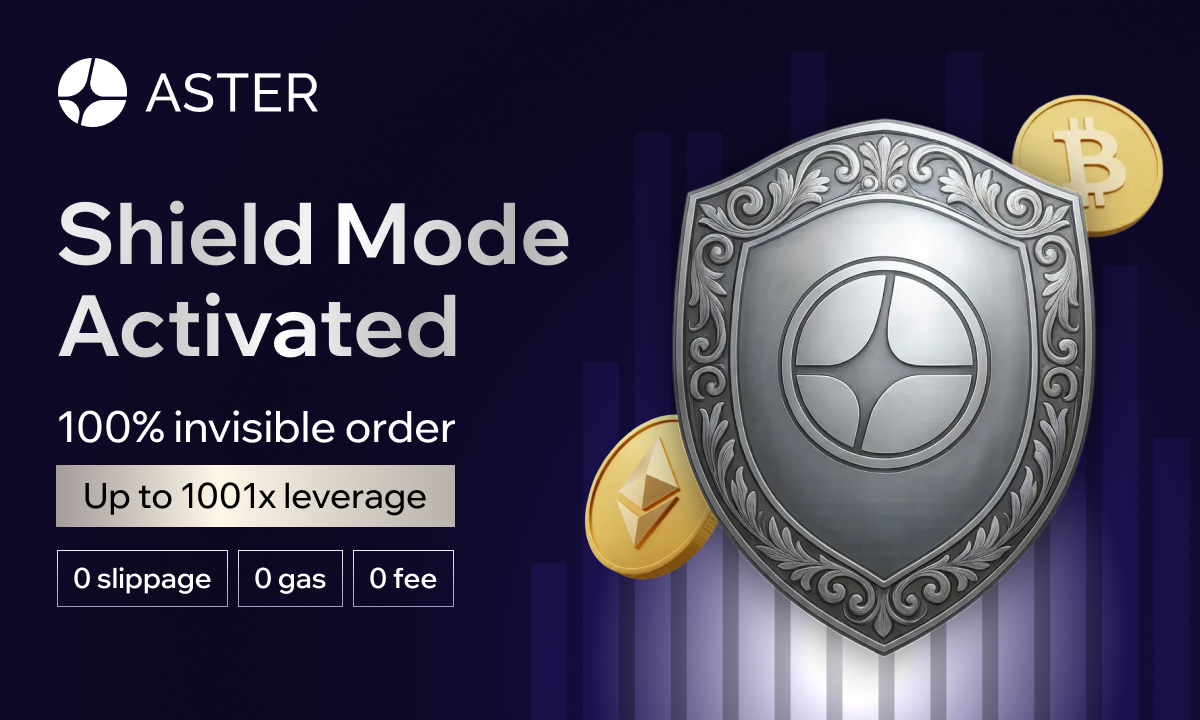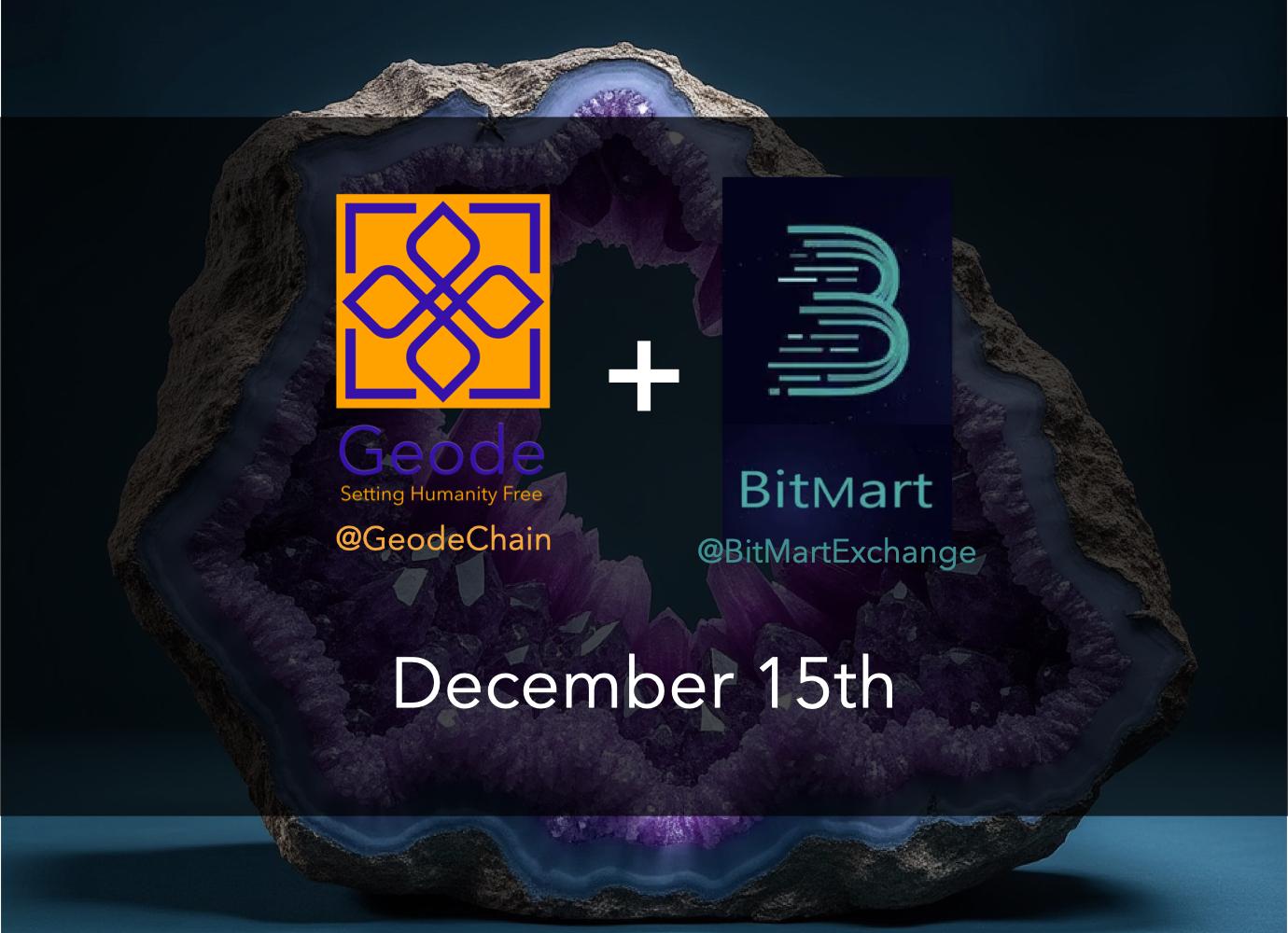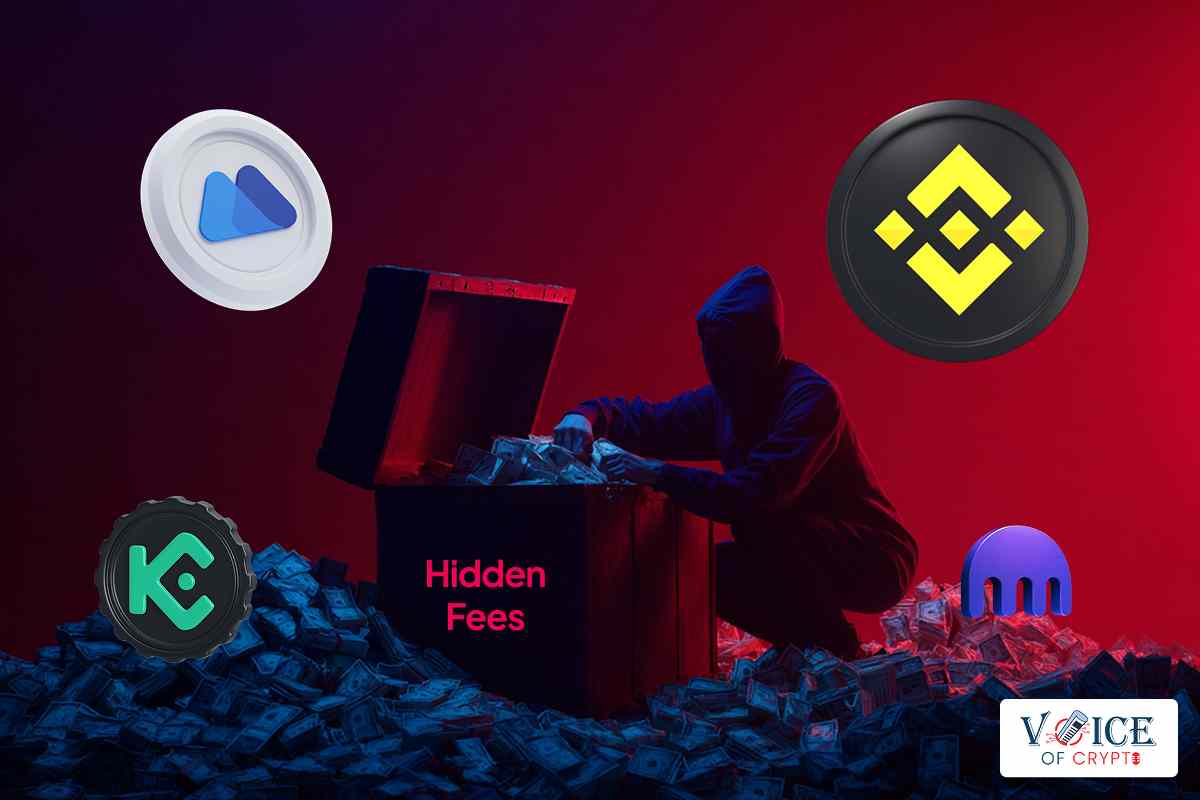There is a new type of artwork in the art world that is gaining popularity – non-fungible tokens, or NFTs. Unlike traditional pieces of art, which are all essentially the same, NFTs are unique and can’t be replicated.Â
This makes them a valuable commodity in the art world, as they are extremely rare. In this article, we will explain how NFTs work and explore some of their implications for the art world.
NFTs are created by combining a unique piece of art with a blockchain-based asset. This combination creates a digital certificate that represents the artwork. The certificate is stored on the blockchain and can be viewed by anyone who has access to the network.Â
Unlike traditional art, which can be easily copied or reproduced, NFTs are completely unique and can’t be replicated. This makes them a valuable commodity in the art world, as they are extremely rare.
There are several benefits of using NFTs in the art world. First, they provide a secure way to store and track artwork. Because NFTs are stored on the blockchain, they are tamper-proof and cannot be altered without permission from the owner.Â
This ensures that the artwork is always authentic and can be traced back to its original owner. Second, NFTs allow artists to sell their artwork directly to buyers without going through a middleman. This will enable artists to keep more of the profits from their sales.
Finally, NFTs have the potential to revolutionize the art world by making it more accessible to everyone. Because NFTs are stored on the blockchain, they can be bought and sold anywhere in the world. This means that anyone with an internet connection can participate in the art market, regardless of their location.
Some challenges need to be addressed before NFTs can truly revolutionize the art world. First, there is a lack of understanding about how they work. This is understandable, as NFTs are a relatively new technology. However, as more people learn about them, they will become more widely accepted.Â
Second, the art world is currently very centralized. A few major auction houses control the majority of the market. This means that it can be difficult for new artists to break into the market. However, as NFTs become more popular, we may see a shift towards a more decentralized art world where anyone can participate.
Overall, NFTs have the potential to change the art world in a number of ways. They provide a secure and tamper-proof way to store and track artwork. They also allow artists to sell their artwork directly to buyers without going through a middleman.Â
Finally, they make the art world more accessible to everyone. There are some challenges that need to be addressed before NFTs can truly revolutionize the art world, but as more people learn about them, they will become more widely accepted.
Social/Meta: What do you think about NFTs? Do you think they have the potential to change the art world? Let us know in the comments below!









